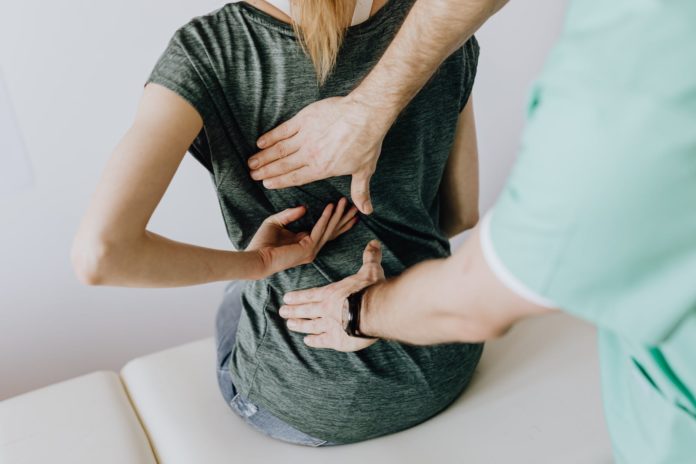7 Common Types of Back Ailments That Come With Age | As we get older, our back becomes more susceptible to injuries. It can be challenging to know what kind of ailment you are experiencing, but the pain is never manageable. Back pain is one of the most common ailments that people deal with. It can be debilitating, but it doesn’t have to be. In this blog post, we will go over seven different types of back pain resulting from aging. We’ll also share tips on preventing these types of back problems from affecting you or your loved ones in the future.
1. Muscle aches
Muscles are what keep your back strong, so it makes sense that one of the most common types of back pain is a result of forces suffering from overuse or age-related damage. When you feel this type of pain, it usually starts in the lower part of the back and slowly moves its way up. Relief for this type of back pain usually comes in stretching, massage therapy, or chiropractic adjustment. These are great ways to treat this painful condition naturally at home.
2. “Cricks” and Pinched Nerve
These two conditions come from a misalignment of your spine that can occur naturally with age. “Cricks” are a result of a misalignment of one area in your back, while a pinched nerve causes pain to shoot down the spine and affect the entire lower half of your body. This is an excruciating type of back ailment caused by a lack of exercise or constant strain on the muscles, including heavy lifting.
3. Sciatica
Facet arthritis in your spine or a slipped disc can cause this type of back problem, which is when the sciatic nerve gets pinched between two vertebrae in your lower back. This causes pain to shoot down the leg and into the foot on the same side as the affected area. This is another painful back ailment that can affect the lower half of your body, but it’s very treatable. Chiropractors are great at diagnosing sciatica and helping patients get disc replacement treatment.
4. Bulging Disc
This type of back pain occurs when one or more discs in your spine begin to bulge, causing inflammation of the area. This arthritis-related back pain occurs in people over 40 years old and can severely impact your ability to move. Chiropractic spinal manipulation is an excellent option for lowering inflammation and removing pressure from the affected disc(s).
5. Herniated Disc
This is when a disc in your spine ruptures and spills its gel-like filling into the surrounding areas of the spine. This is very painful and can be highly debilitating because it can affect how you walk, stand, or even sit for long periods. The chiropractic adjustment helps to realign this misalignment so that you can go back to doing the things you love.
6. Degenerative Disc Disease (DDD)
This can be one of the most painful back ailments as it occurs over time and is due to aging. With DDD, vertebrae in your spine begin to break down and cause inflammation at the site of the damage. One way to prevent this is by losing excess weight. Regular exercise can help to keep back pain at bay.
7. Spinal Stenosis
Spinal stenosis is a condition in which the spinal canal narrows or compresses. They usually pressure on nerves causing pain in the back, legs, and feet linked to nerve damage. Treatment options are typically non-invasive with medications and regular exercise to control pain symptoms.
Spinal stenosis with radiculopathy is a condition that includes pain, tingling, numbness, or weakness in the limbs caused by pressure on nerve roots. This causes symptoms similar to sciatica which can be treated through non-surgical means.
All in all, many different types of back pain can affect you as you get older. By taking care of your body through proper diet and exercise, you will be well on your way to preventing these problems from coming up.
Conclusion
Many types of back ailments are common with age, but fortunately, many treatments are available to reduce the pain associated with them. Unfortunately, there are no surgical options to treat these conditions, but many non-invasive treatments are available, including physical therapy, medications, and “all-natural” remedies. Suppose the pain is too great or doesn’t improve with conservative treatment. In that case, it may be best to consult a professional physician who can diagnose the problem and recommend an appropriate treatment plan for you.














